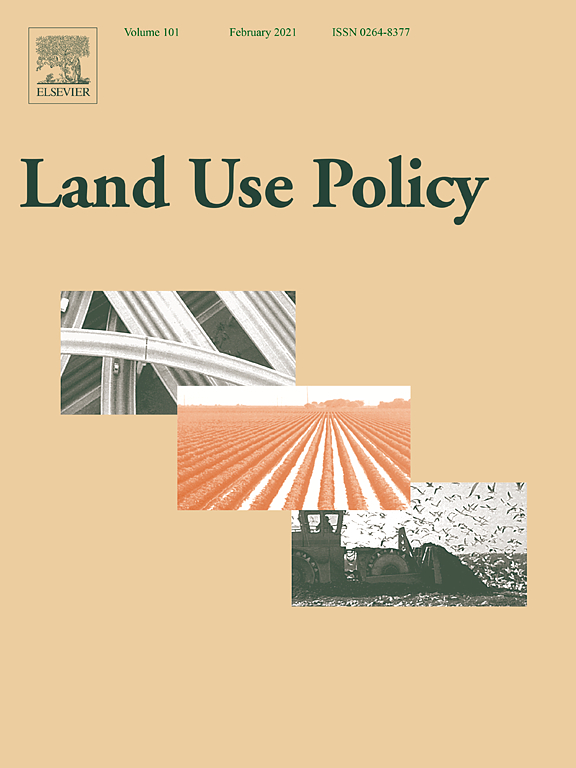Public-private partnership in enhancing farmers’ adaptation to drought: Insights from the Lujiang Flatland in the Nu River (Upper Salween) valley, China
Agriculture is an important type of land use but suffers from drought, especially under global climate change scenarios. Although government is a major actor in helping farmers to adapt to drought, lack of funds has constrained its efforts. Public-Private Partnership (PPP) mechanism has been widely applied in urban infrastructure development to raise fund for public goods and services, but very few studies explored its role in rural areas.


